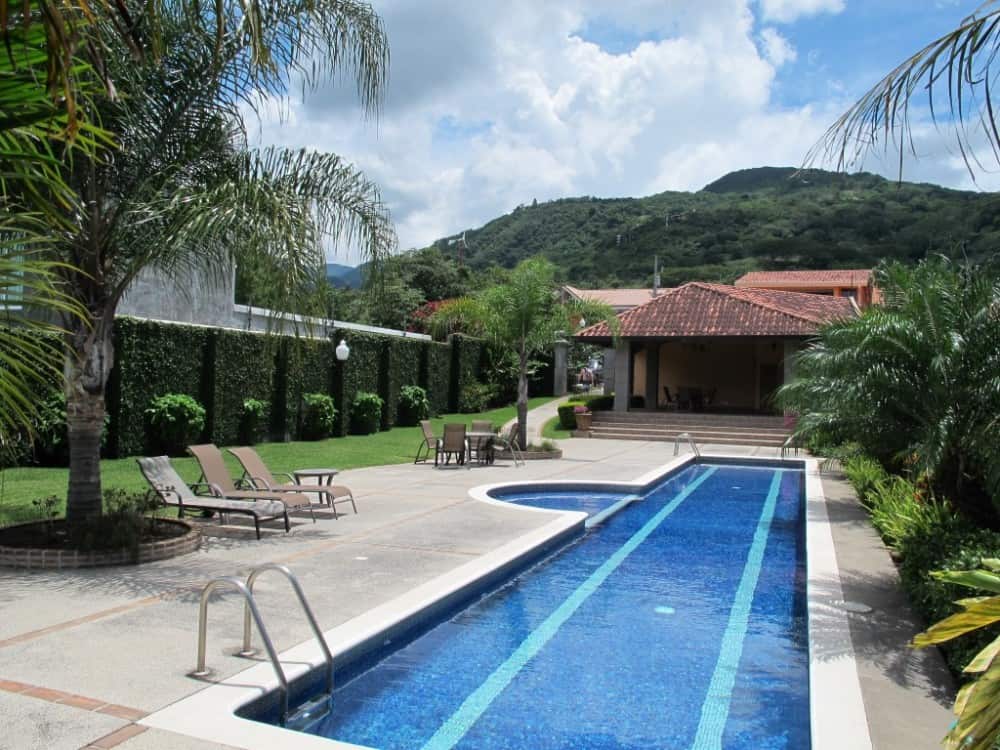QCOSTARICA — Fallout near the Poás Volcano isn’t just water. The rains are carrying gases emanating from the volcano, is generating acid rain in nearby communities.
The phenomenon occurs when gases such as sulfur dioxide (SO₂) and hydrogen sulfide (H₂S), expelled by the volcano, mix with the humidity in the environment.
According to José Pablo Sibaja of the Atmospheric Chemistry Laboratory, the pattern of humidity and rainfall in the area causes sulfur gases to dissolve in water droplets and return to the ground.
– Advertisement –
This situation generates what is known as acid rain, a phenomenon that can affect vegetation, soil, and water sources near the crater.
The most immediate effects can be felt during the first few minutes of rain, especially if it is highly polluted.
It could also cause some type of skin irritation.
Plum-laden with Sulfur Gases
On Thursday, scientists from the UNA’s Atmospheric Chemistry Laboratory, in conjunction with the School of Chemistry and the Volcanological and Seismological Observatory (OVSICORI), conducted measurements at the volcano.
During the monitoring session, researchers observed a white plume with blue hues, indicating a high concentration of sulfur gases and water vapor.
– Advertisement –
The team is using drones equipped with special sensors that pass directly through the plume to measure the amount of gases and analyze their behavior.
“We want to know if these concentrations are increasing, decreasing, or remaining stable, because that allows us to understand what is happening with the volcano’s activity,” Sibaja explained.
Gases Aren’t Dispersing Far
According to experts, the gases aren’t traveling more than 100 kilometers from the crater.
– Advertisement –
This is due to the rainfall pattern and humidity, which cause what is known as atmospheric washout.
“Humid air traps the gases and precipitates them in the same area, preventing them from accumulating in more distant locations,” the expert explained.
While this reduces the risk for distant areas, it increases the concentration of pollutants in areas west and southwest of the crater, which is the direction of the plume.
– Advertisement –
Source link
Rico



